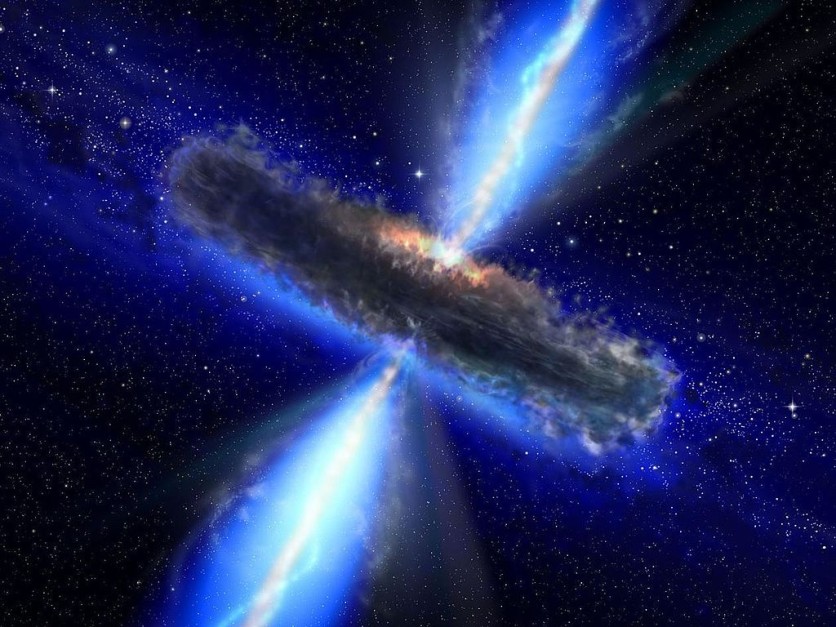A previously unidentified black hole made its presence known to astronomers in a very impactful fashion after ripping and devouring a star that strayed close to the monstrous object, according to a report by Space.com.
In a phenomenon known as a Tidal Disruption Event (TDE), the star was devoured by an intermediate-mass black hole located in a dwarf galaxy million light-years away from our planet.
When the TDE unleashed a radiation flare that was more intense than the sum of all the stars in its dwarf galaxy home, it made itself visible to astronomers.
The interaction between galaxies and the black holes that reside inside of them may be better understood because of this TDE. Additionally, it offers astronomers another intermediate black hole to investigate.

Exciting Discovery
This discovery has generated a lot of excitement because tidal disruption events can be used by astronomers to quantify the masses of intermediate-mass black holes and find more of them in calm dwarf galaxies, according to co-author and UC Santa Cruz (UCSC) astronomer Ryan Foley.
"The fact that we were able to capture this midsize black hole whilst it devoured a star offered us a remarkable opportunity to detect what otherwise would have been hidden from us," Angus said in a statement.
They are significantly more enormous than stellar-mass black holes but considerably less than the supermassive black holes that reside at the center of most galaxies. The mass range of this midsized class of black holes is between 100 and 100,000 times that of the sun, according to Space.com.
Read also : Scientists Discover Never-Before-Seen Details Through Hot Plasma Surrounding a Mass Black Hole
Theories on Black Holes
Supermassive black holes can have masses that are millions or even billions of times greater than the sun, and physicists have long hypothesized that these enormous masses could grow as a result of the merger of intermediate-mass black holes.
According to one theory, there were many dwarf galaxies with intermediate black holes in the early universe, which may have contributed to this growth.
The intermediate black holes inside these dwarf galaxies cannibalized one another, rising in mass when they joined or were sucked up by larger galaxies.
Space.com noted that the supermassive black hole titans that are at the center of the majority of galaxies today are the result of this chain reaction of mergers that get bigger and bigger over time.
According to co-author and UCSC professor of astronomy and astrophysics Enrico Ramirez-Ruiz, if astronomers can comprehend the population of intermediate-mass black holes-how many there are and where they are situated can help determine whether current theories of supermassive black hole formation are accurate.
Related Article : NASA Detects Most Powerful Cosmic Gamma-Ray Burst, Signals the Beginning of a New Black Hole?
This article is owned by Tech Times
Written by Jace Dela Cruz
ⓒ 2025 TECHTIMES.com All rights reserved. Do not reproduce without permission.




